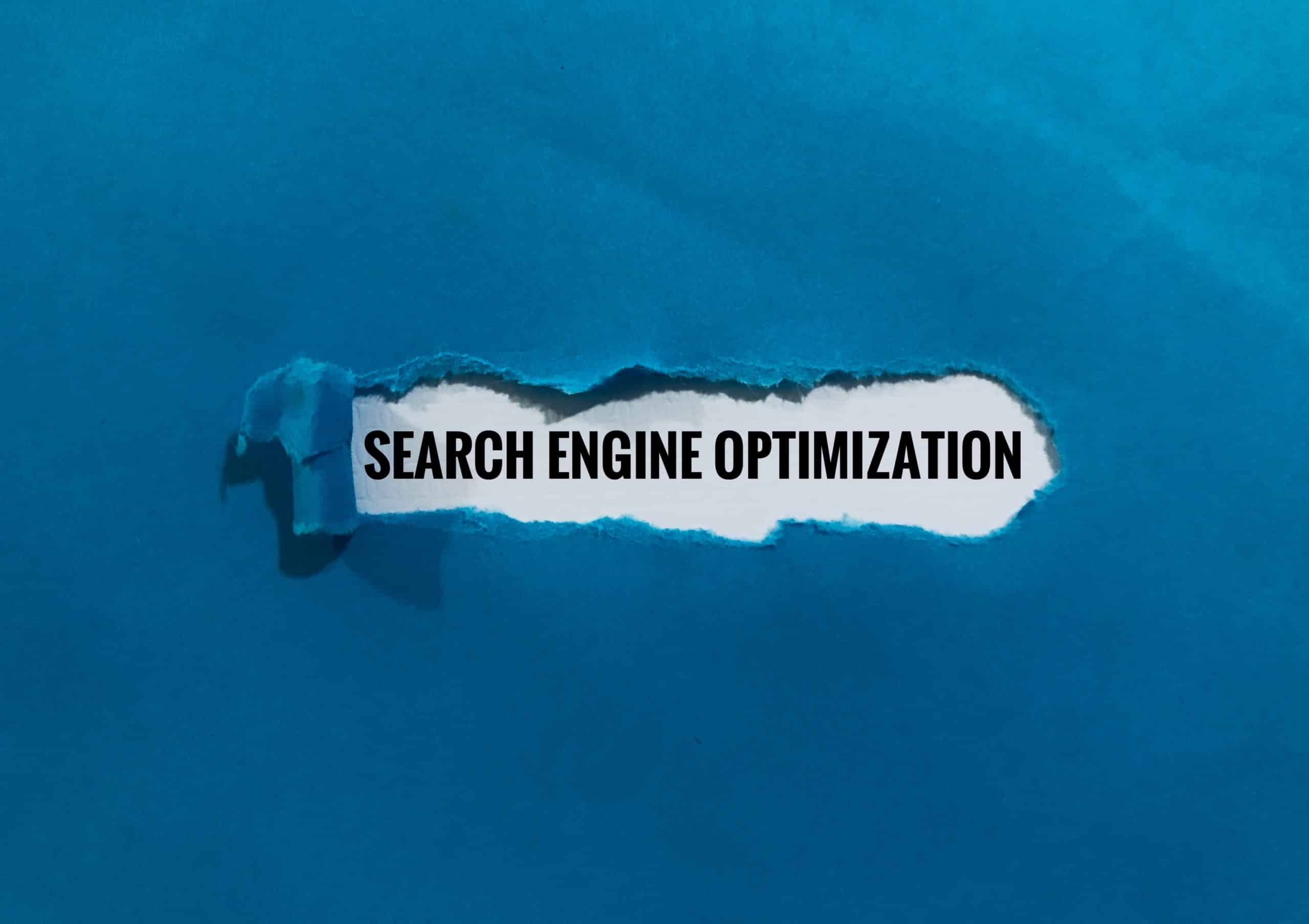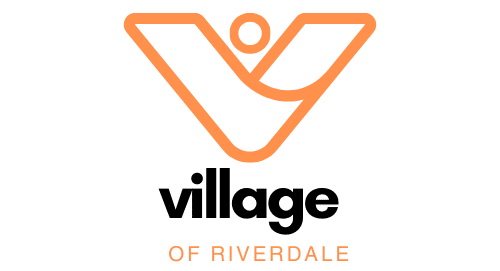How Can Plant-Based Diets Be Optimized for Iron Absorption in Athletes?

The dietary habits of athletes have always been a hot topic for discussion. When it comes to plant-based diets, the question of how to obtain all the necessary nutrients, especially iron, is one of the most frequently asked. Despite widespread belief, a well-planned vegetarian or vegan diet can be high in iron, providing athletes with the necessary foundation for optimal performance. Today, we’ll explore how to best optimize iron absorption from plant-based foods, and debunk the myth that athletes following a plant-based diet are bound to be iron deficient.
The Importance of Iron in an Athlete’s Diet
Before diving into the solutions, it’s crucial to understand why iron is such an essential nutrient for athletes. Iron is a mineral that plays a pivotal role in our bodies. It contributes to the production of hemoglobin, a protein that transports oxygen from the lungs to the muscles. This process ensures the muscles’ endurance and resistance during exercise.
Avez-vous vu cela : What Is the Impact of Olfactory Training on Recovery from Anosmia Post-Viral Infection?
A deficiency in iron could result in fatigue, reduced performance, and even anemia. According to a study on PubMed, athletes, particularly those following a plant-based diet, are at a higher risk for iron deficiency. Hence, optimizing iron absorption from plant-based foods is of utmost importance to sustain their high-performance lifestyles.
Iron Sources in Plant-Based Foods
To debunk a common misconception, it’s possible for vegetarians and vegans to meet their iron requirements exclusively from plant-based sources. According to Google’s food composition database, foods high in iron include leafy green vegetables, whole grains, legumes, dried fruits, nuts, and seeds.
Avez-vous vu cela : Unlock the meaning of your dreams with this top-rated app
However, there’s a catch. The iron found in plant-based sources, also known as non-heme iron, is less easily absorbed by the body compared to heme iron found in animal products. That’s why it’s not only about how much iron you consume, but also how well your body can absorb it.
Optimizing Iron Absorption
Despite the lower bioavailability of non-heme iron, various dietary strategies can enhance its absorption. One of them is consuming iron-rich plant foods along with foods high in vitamin C. This vitamin can significantly increase the absorption of non-heme iron.
For instance, athletes can pair iron-rich foods, like lentils or spinach, with vitamin C-rich foods, like peppers, oranges, or strawberries, in their meals. Another approach is avoiding calcium-rich foods or supplements close to iron-rich meals, as calcium can inhibit iron absorption.
Moreover, the regular consumption of legumes and iron-fortified foods can also contribute to meeting the iron needs of athletes on plant-based diets.
The Role of Supplements
While dietary approaches are usually sufficient for most athletes, in some cases, iron supplements might be necessary, especially for female athletes with heavy menstrual bleeding or athletes diagnosed with anemia. However, supplements should only be considered after consulting with a healthcare professional, as excessive iron can lead to health issues like constipation, nausea, and more serious conditions.
In conclusion, a plant-based diet can indeed meet an athlete’s iron needs with the right strategy. While the road might seem challenging initially, with careful planning and consideration, athletes can thrive on a plant-based diet, debunking the myth of iron deficiency.
Iron Requirements and Recommendations for Athletes
Knowing that iron is crucial for athletes, it’s important to understand the recommended daily intake. According to PubMed, the recommended intake for iron is 8 mg for adult men, while for premenopausal women, it is 18 mg due to menstruation losses. Athletes may require a higher intake due to the iron lost through sweat and the increased red blood cell mass associated with training.
While it’s important to meet these requirements, it’s equally important to not exceed them. Too much iron can cause health problems like constipation, nausea, or more serious conditions. As always, balance is key. Therefore, athletes following plant-based diets need to plan their meals carefully to get the right amount of iron.
Therefore, it’s clear that a balanced, well-planned plant-based diet can cater to the iron requirements of athletes, aiding in their performance and overall health. Despite the challenges, with careful planning and knowledge, a plant-based diet can indeed be an athletic diet.
Fine-Tuning Your Diet for Better Iron Absorption
The task of enhancing iron absorption from plant-based foods is not as daunting as it seems if you are mindful about your meal planning. Considering the importance of iron for athletes, it’s worth putting in the effort to ensure your body is absorbing enough of this critical mineral.
The first thing to understand about a plant-based diet is that the iron in these foods, also known as non-heme iron, is not as easily absorbed by the body compared to heme iron found in animal products. This fact might seem discouraging at first glance, but various strategies can help increase non-heme iron absorption.
One of the simplest ways to boost iron absorption is to eat foods rich in vitamin C along with your iron-rich foods. Vitamin C can significantly enhance the bioavailability of non-heme iron, making it easier for your body to absorb. So, next time you’re enjoying a meal of lentils or spinach, consider pairing it with some bell peppers, oranges, strawberries, or any other vitamin C rich food.
Another tip for optimising iron absorption is to avoid consuming calcium-rich foods or supplements close to your iron-rich meals. Calcium can inhibit iron absorption, so it’s best to space out your consumption of these two nutrients.
Lastly, regularly including legumes and iron-fortified foods in your diet can also aid in meeting your iron needs. Foods like beans, peas, lentils, and cereals fortified with iron can significantly contribute to your daily iron intake.
Remember, it’s not just about the quantity of iron you consume but the quality of its absorption that truly matters. With these strategies in mind, athletes following a plant-based diet can indeed optimise their iron absorption.
Conclusion: Plant-Based Diets and Iron Absorption for Athletes
The concept of athletes thriving on a plant-based diet is no longer just a theory but a reality supported by numerous studies on Google Scholar. With careful planning and an understanding of how to enhance iron absorption, athletes can indeed meet their iron needs solely from plant-based sources, debunking the common myth of inevitable iron deficiency.
It is essential to remember that each athlete’s iron needs can vary based on multiple factors, including their sex, the intensity of their training, and individual health conditions like heavy menstrual bleeding in female athletes or diagnosed anemia. In such cases, iron supplements might be necessary, but it is crucial to consult a healthcare professional before starting any supplement regimen.
Iron deficiency can compromise an athlete’s performance, but so can an excess of iron, leading to health issues like constipation and nausea. Therefore, maintaining a delicate balance is crucial.
Ultimately, the key to succeeding with a plant-based diet as an athlete lies in comprehending the peculiarities of plant foods and vegetarian diets. By incorporating strategies to enhance iron absorption and regularly assessing their iron status, athletes can not only meet their iron needs but also leverage the numerous other health benefits a vegetarian diet or a vegan diet can offer.
In this era where more and more athletes are switching to vegan diets, it’s important to spread the knowledge about optimising nutrient absorption. With the right information at hand, athletes can continue to break records and push boundaries, all while enjoying the health benefits of a plant-based diet.
